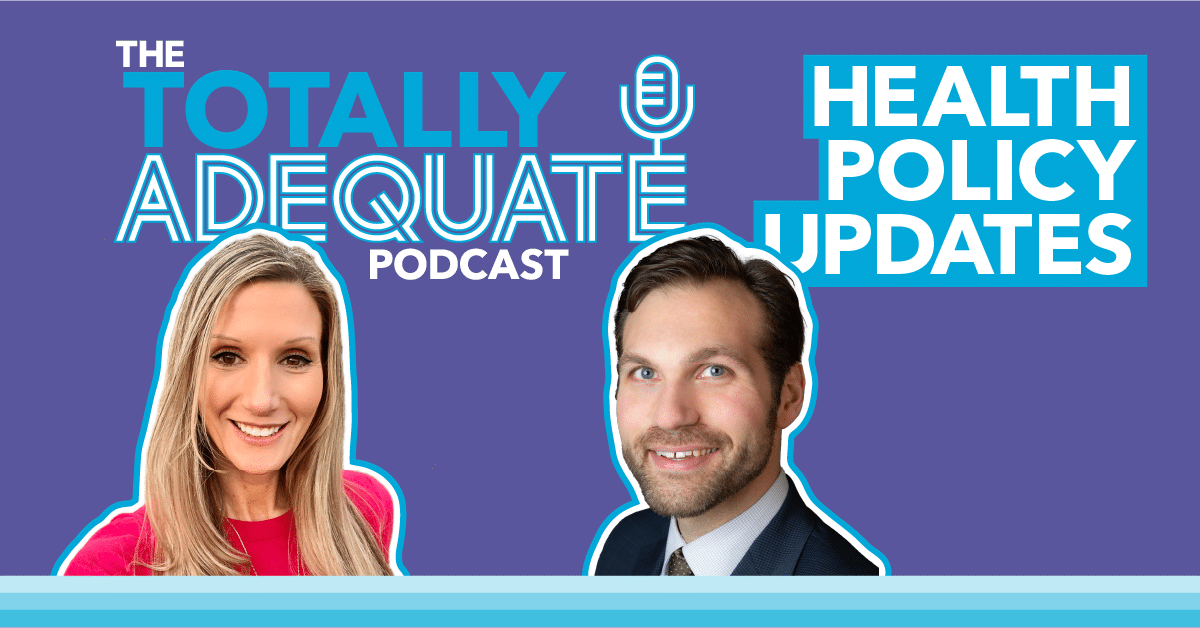If you want to pass a provider directory audit, looking at your provider outreach analytics is a great place to start. With the right analytics, you can demonstrate compliance and improve provider data accuracy. In this article, we’ll walk you through the must-have metrics to help you stay on the right side of compliance and safeguard your organization during audits.
Changing Provider Directory Accuracy Requirements: What You Need to Know
Federal and state agencies want to see tangible evidence that health plans are actively working on verifying and updating provider data. As a result, additional data collection requirements have been introduced in several areas.
Provider Outreach Activities: Capture and report outreach efforts, including the frequency and methods of communication used for data verification and updates.
Provider Data Verification Processes: Implement a rolling 90-day or shorter verification cycle, removing providers who don’t attest within this timeframe from the directory.
Addressing Ghost Networks: Provide claims data to confirm the provider is actively seeing patients.
Expanded Data Elements to Verify: Verify additional data fields such as cultural-linguistic capabilities, program participation, and panel status.
Corrective Action Plans: Document actions taken to correct discrepancies in provider data and directories.
Tip: For more information on the latest health policy trends, read our article Health Policy Trends Across Markets.
Enhance Transparency with Your Provider Outreach and Verification Efforts
Pass your provider directory audits with flying colors by capturing the right data. Steve Slaton, VP of Product Management at Quest Analytics® shares which provider outreach and verification metrics to track. Plus, find out why summary and detailed metrics are key to compliance.
Compliance Metrics for Data Transparency
To comply with the new requirements, health plans are using Network Summary and Individual Provider Outreach Metrics. This approach provides a top-down view, helping them to better understand their outreach programs while offering regulators the information they need.
Summary Insights: Network Outreach Metrics
Network Summary analytics provide a high-level overview of your network outreach activities. These metrics offer a snapshot of your progress and help you identify trends. To gain the right insights, organize your summary metrics into three views:
- Practitioners at Service Location
- Practitioner
- Service Location
Within each view, key insights should include:
Outreachable Network Percentage
- Total Practitioners at Service Locations
- Outreachable Practitioners at Service Locations
- Not-Outreachable Practitioners at Service Locations
Outreach Status Percentage
- Total Outreach Attempts in a Defined Period
- Total Outreach Completions in a Defined Period
Review-ready and compliant-confident are always the way to be! To help you get started on the path to provider directory accuracy, we’ve got a little gift for you: a free provider data accuracy workbook! It’ll guide you through the process and keep you organized. Download it today!
Get Your Free Provider Data Accuracy Toolkit
Detailed Insights: Individual Provider Metrics
While summary metrics provide an overview, it is equally important to take a closer look at individual providers. Alongside capturing essential details like NPI, Name, Organization, and Address, track these insights to maintain thorough records:
- Outreach Eligibility: Indicates if the provider is eligible for outreach.
- Outreach Ineligibility Reason: Details the reason an entity is not eligible for outreach.
- Roster Participation: Specifies whether the outreach method is derived from a roster.
- Last Outreach Date: Records the date of the most recent outreach attempt.
- Last Outreach Method: Describes how the most recent outreach was performed.
- Last Attested Date: Indicates the date when the provider last responded.
- Last Attestation Method: Documents the method used to capture the attestation.
By keeping detailed records at this level, you can ensure they have the necessary documentation to demonstrate compliance during regulatory reviews. This approach not only strengthens the accuracy of provider data but also enhances overall accountability and transparency.
Stay Compliant, Stay Transparent, and Keep Your Provider Data on Point
Incorporating outreach metrics goes beyond achieving audit compliance— it significantly enhances operational efficiency and organizational transparency. By leveraging these analytics, organizations can streamline outreach efforts through targeted provider engagement and strategic data management.
Aligning and Informing
These insights drive organizational improvement by providing customized information through dynamic views, dashboards, and detailed reports. As a result, all parties remain aligned and informed, fostering a cohesive and efficient operational environment.
Have the Metrics You Need for Optimal Transparency
Adopting transparent practices in outreach and verification processes is essential for maintaining accurate provider directories and adhering to new compliance standards. Discover how Quest Enterprise Services® (QES®) Accuracy can enhance your processes, provide data transparency, reduce ghost networks, and improve compliance through actionable insights. Start a conversation today!
Related Articles on Provider Data Accuracy
Proven Solutions for Your Provider Network Management
Looking to simplify your workload? Let Quest Analytics take on the heavy lifting! Our solutions and dedicated team specialize in provider data accuracy and provider network adequacy for various lines of businesses, including Medicare Advantage, Medicaid and Commercial. Schedule a strategy session today and see how we can help you every step of the way.












